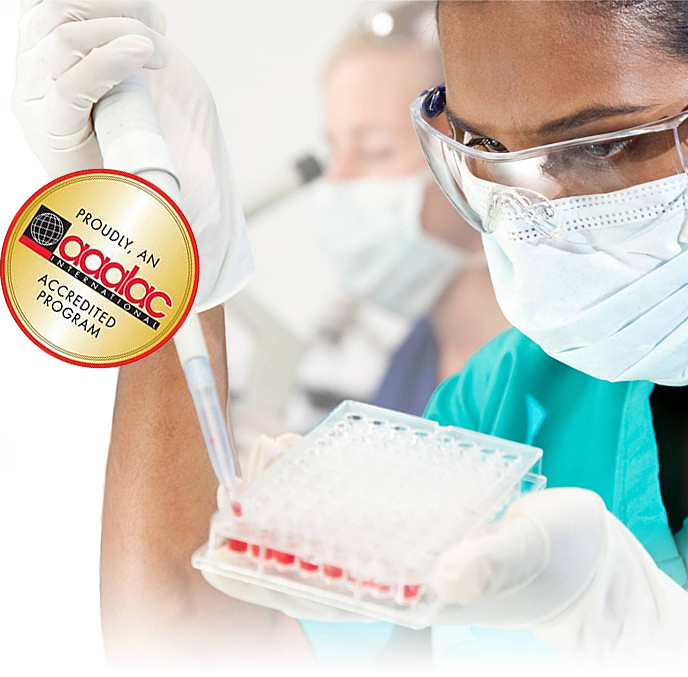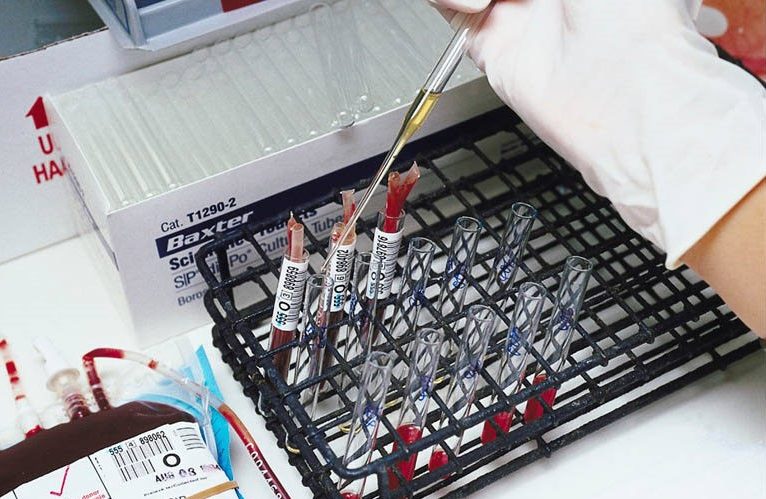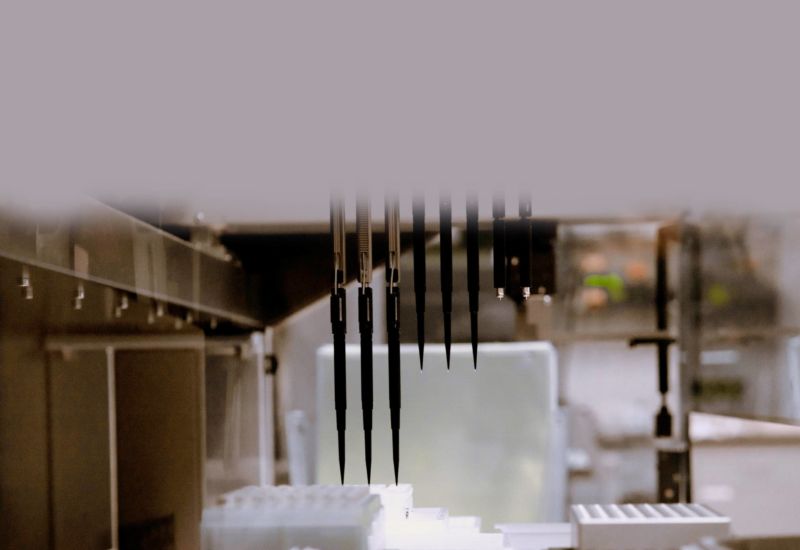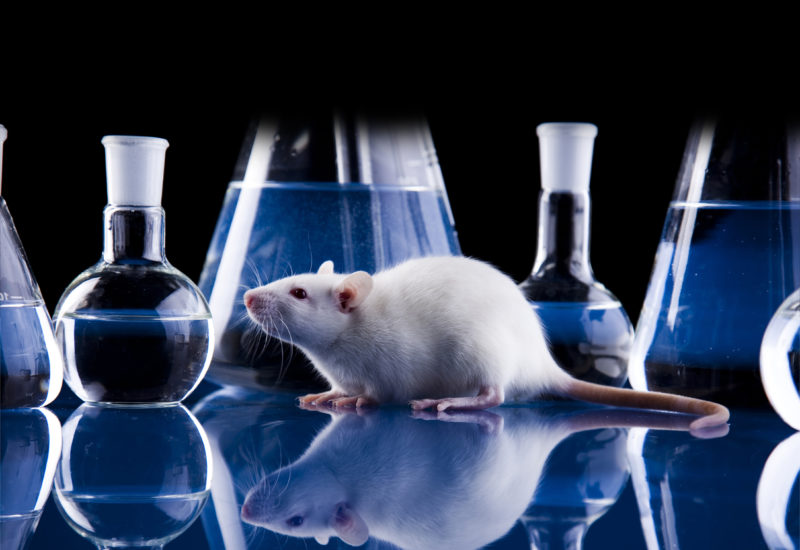
In Vivo Plasma Protein Binding (PPB) for Preclinical Drug Development
You can now request quotes for our research services on BioIVT.com!
Whether you need a single assay or a complete ADME program, BioIVT’s experts will help design and implement the appropriate studies for your drug and research objectives. View BioIVT’s comprehensive portfolio of ADME research services.
In vivo Plasma Protein Binding (PPB) assays determine free drug concentration (fraction unbound, fu) by evaluating affinity to plasma proteins, such as serum albumin, using plasma from treated animals. PPB data is required to inform dose considerations for first in-human (FIH) clinical trials and is a necessary input for several PK-related calculations, modeling, and other definitive nonclinical studies.
Accurately measuring protein binding is critical to understanding the pharmacokinetic (PK) profile of a drug candidate. Fraction of unbound drug (fu) is denoted as counterpart to percent of bound drug, and is an important component of preclinical data. Factors determining fu are composed of a drug’s affinity to a protein, concentration of the protein in the plasma, and concentration of a drug relative to protein.
Neglecting to quantify the fu of a compound accurately with a definitive study can translate to misinformed dose determination. Even a small inaccuracy can mean a big difference if the drug has high PPB, which is categorized by a binding affinity of greater than 99%. Knowing whether your drug is 98.9% or 99.8% bound can de-risk changes in free drug exposure, which can impact other in vivo studies and clinical phases of your drug’s development.
Our Approach to Plasma Protein Binding Assays
In vivo PPB studies can be performed using radiolabeled or non-labeled compounds from a wide variety of preclinical species or from human plasma. We offer three different methods to determine fraction unbound (fu) in treated animal plasma, providing accurate, predictive data for a drug’s clearance in patients following administration.
Determination of Fraction Unbound
Assay Features
- Preliminary experiment to establish an optimal method for each test compound (e.g. nonspecific binding to the apparatus)
- Plasma protein binding detection
- Analysis by LC-MS/MS or radioactivity measurement by scintillation counting
- Comparison in various animal species or human plasma
- Samples run with 3 concentrations in triplicate to ensure accuracy (in standard design; more concentrations may be requested)
- Flexible assay design

PPB Methods We Offer
- Rapid Equilibrium Dialysis (RED) (also available as an in vitro study at our Kansas City laboratory)
- Ultra-filtration
- Ultra-centrifugation
- Alternative study option: Microsome Protein Binding
Related Content:
Definitive in vitro Plasma Protein Binding studies uses Rapid Equilibrium Dialysis (RED) to determine free drug concentration (fraction unbound, fu) in plasma treated in vitro with the test article.

